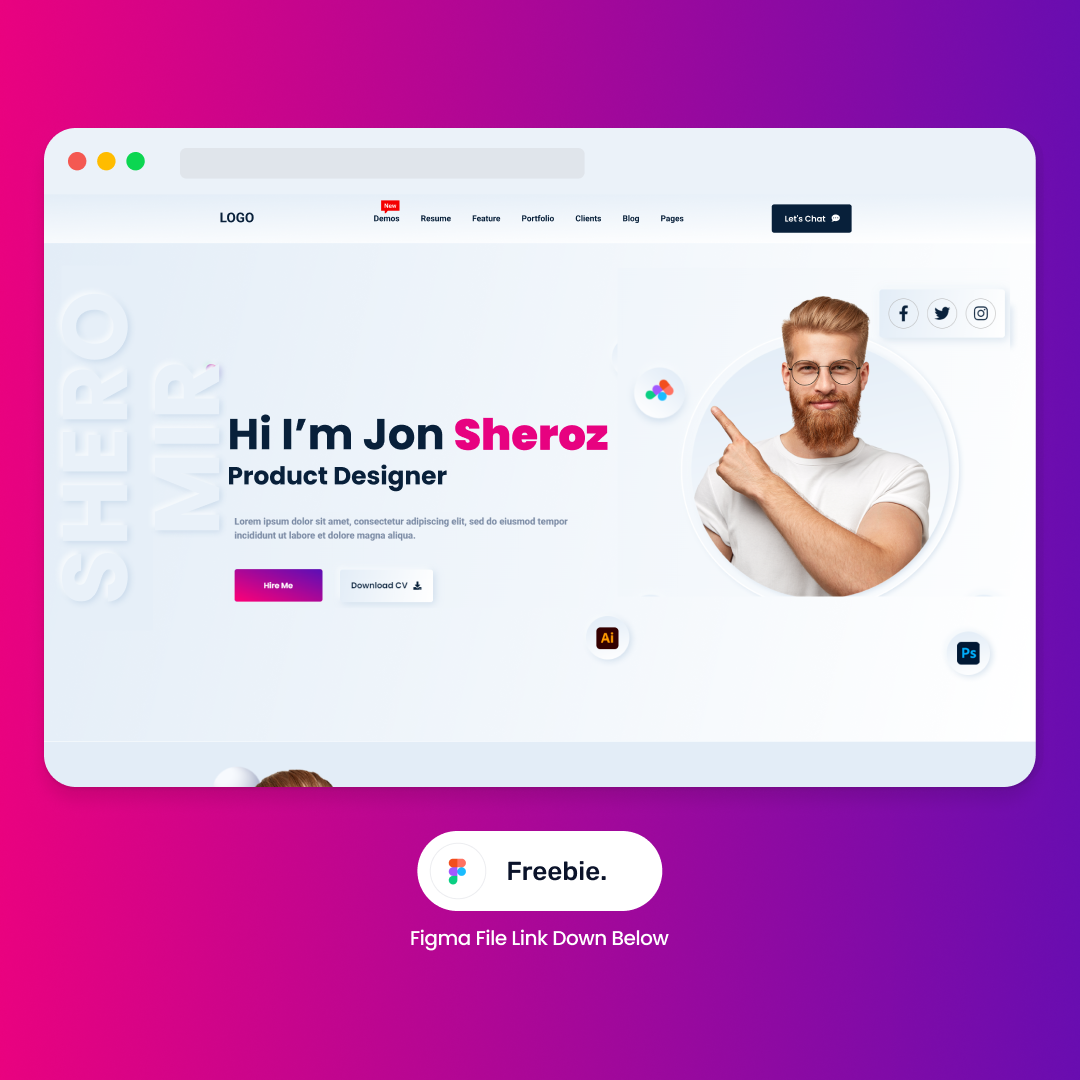Grasping Internet Design: Secret Principles for a User-Friendly Web Site
In the realm of web layout, the emphasis on individual experience has become extremely important, forming just how websites are built and regarded. Key principles such as intuitive navigation, responsive design, and constant aesthetic aspects play an important duty in making certain that a website is not only cosmetically pleasing yet likewise functional. Attention to accessibility can dramatically boost customer engagement and contentment. As we explore these foundational components, it comes to be evident that the decisions made throughout the design procedure can have enduring ramifications on a site's performance and individual loyalty. What approaches could be most impactful?

Significance of User Experience
In the world of web style, the relevance of user experience (UX) can not be overemphasized. UX incorporates the total contentment a user derives from communicating with a web site, substantially affecting their perception of a brand name and their probability of returning. web design klerksdorp. A properly designed UX assists in seamless navigation, cultivates user interaction, and eventually drives conversions
Comprehending customers' behaviors and needs is paramount in developing an efficient UX. This entails leveraging study approaches such as customer personalities, journey mapping, and usability testing to gain insights right into customer choices. By customizing design components to satisfy these demands, designers can enhance use and develop a much more intuitive communication.
Additionally, a favorable UX adds to the site's credibility and credibility. Customers are most likely to engage with a website that is aesthetically pleasing and very easy to navigate, which consequently improves brand commitment. Alternatively, a bad UX can cause high bounce prices and a negative understanding of the brand.
User-friendly Navigation Design
An effective navigation style is critical for guiding users through an internet site, ensuring they can discover the details they need quickly and effectively. User-friendly navigating improves customer experience by enabling seamless interaction with content, causing increased interaction and satisfaction.
To achieve instinctive navigating, it is important to establish a clear pecking order. This includes arranging material into rational categories and subcategories, allowing individuals to recognize the framework at a look. Descriptive labels for menu things are vital; they must be straightforward and rep of the content they lead to, lessening uncertainty.
Uniformity is an additional key concept. Users need to encounter acquainted navigation elements throughout the website, such as the placement of switches and food selections. This consistency aids enhance customer assumptions and reduces cognitive tons.
Furthermore, integrating search capability can substantially boost navigating, especially for content-heavy sites. This function equips individuals to find details info rapidly without having to navigate via multiple web pages.
Finally, functionality testing can give invaluable understandings right into how genuine individuals communicate with navigating aspects, offering opportunities for improvement. Altogether, a well-designed navigation system is foundational to an user-friendly internet site, promoting performance and improving general user contentment.
Receptive Web Style
Receptive web style is significantly important in today's electronic landscape, as it guarantees that sites offer optimal seeing experiences across a vast array of gadgets, from desktop computer computers to smart devices. This method enables a solitary internet site to adjust its format and material to fit different screen sizes and resolutions, improving use and availability.
At the core of responsive style is fluid grid layouts, which make use of family member units like percents rather of fixed pixels. This versatility enables components to resize proportionally, preserving aesthetic harmony and functionality. In addition, media questions play an essential duty by using specific CSS styles based upon gadget features, such as screen width or alignment.
Integrating flexible images and receptive media is also crucial; these elements must scale properly to avoid distortion and ensure a seamless experience throughout gadgets. Furthermore, touch-friendly design considerations are vital, especially for mobile individuals, as they commonly browse via touch gestures instead of clicks.
Consistent Visual Components
Consistent visual aspects are critical for developing a cohesive brand identity and boosting user experience throughout digital platforms. These aspects include color pattern, typography, design, and images designs, which jointly create an unified aesthetic that customers can conveniently acknowledge and relate to. A well-defined color palette not only reinforces brand name recognition additional reading yet also evokes details emotions, directing users with the web site successfully.
Typography plays a considerable duty in readability and total aesthetic charm. Utilizing a limited variety of typefaces and preserving consistent dimensions and weights ensures a harmonious circulation of information. Images should additionally straighten with brand name values and messaging; high-quality images that fit the overall design will enhance the website's good looks and expertise.
Individuals must really feel comfortable and oriented as they check out various sections of the web site. Inevitably, a well-designed web site, characterized by natural aesthetic components, mirrors professionalism and develops trust with users, creating a favorable first impact and motivating return sees.
Access Factors To Consider
Ensuring ease of access in internet design is an essential aspect that enhances regular aesthetic components, allowing all individuals, regardless of their capacities, to connect and navigate with electronic material effectively. Ease of access considerations are essential for creating inclusive websites that fulfill the varied requirements of users, consisting of those with impairments.
To begin with, using semantic HTML is vital, as it helps display visitors translate the framework and web content of a web page precisely. Alt text for pictures improves understanding for visually damaged customers, while captioning video clip content makes sure that those with hearing impairments can involve with the product.
Furthermore, color contrast must be meticulously reviewed to aid individuals with aesthetic impairments. Ensuring that message is clear versus its background improves readability. In addition, key-board navigability is vital; all interactive elements need to come without a computer mouse, accommodating customers with flexibility obstacles.
Verdict
In verdict, grasping website design requires an extensive understanding of customer experience concepts. Intuitive navigation, responsive style, regular aesthetic elements, and availability are vital parts that contribute to an easy to use internet site. read the full info here Focusing on these elements not only enhances individual engagement and contentment but likewise cultivates brand name loyalty. By applying these key concepts, internet developers can develop inclusive and effective electronic spaces that deal with the diverse requirements of users, eventually leading to higher success in the on the internet atmosphere.

In verdict, grasping internet design necessitates a thorough understanding of customer experience principles.
Comments on “Innovative Web Design Klerksdorp Solutions to Elevate Your Online Marketing”